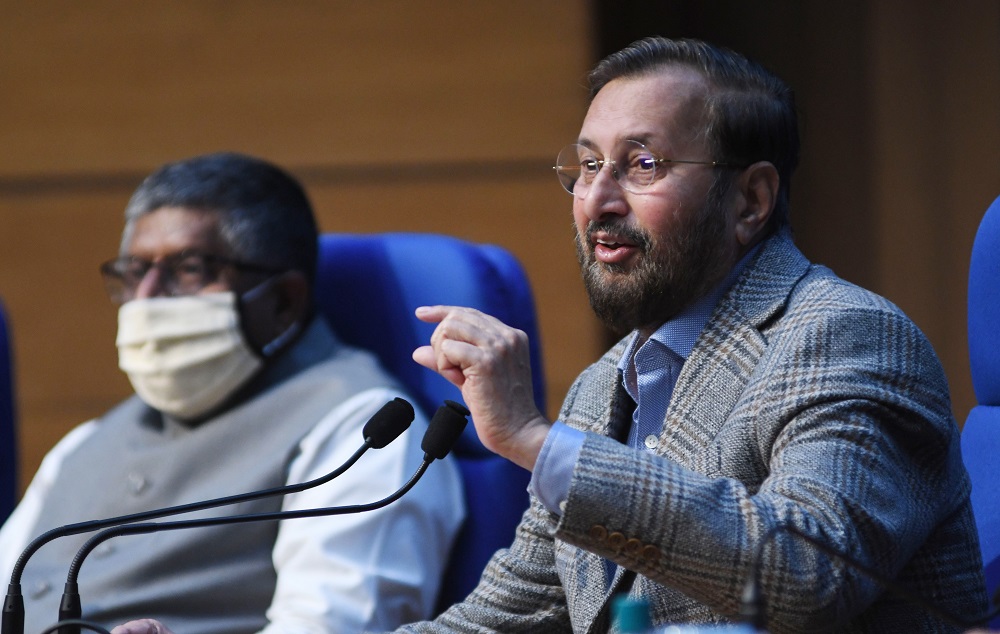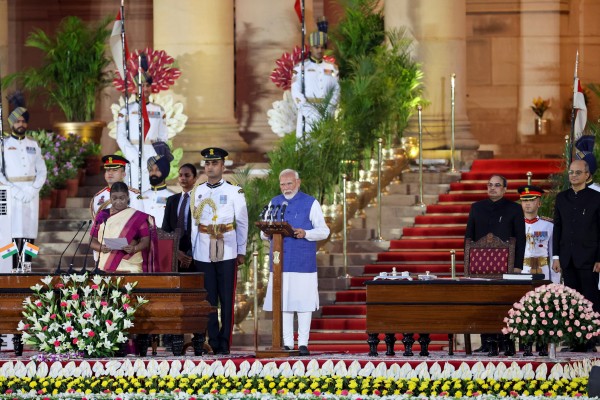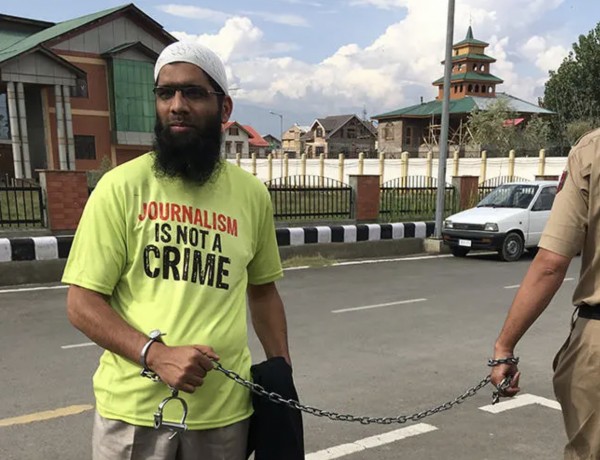On March 9, the Delhi High Court issued a notice in a petition that is challenging the Indian government’s new Information Technology (IT) Rules for digital platforms. The petition was filed by the Foundation for Independent Journalism, which is the publisher of the Indian news site The Wire.
Siddharth Varadrajan, the founding editor of The Wire, told the International Press Institute (IPI) in a recent interview that The Wire filed the petition because of deep concerns over press freedom in the country. “There was no other option”, he said adding that the new rules are the end of free media. “We realized soon that this is do or die battle.”
The new IT rules, officially called “Information Technology (Guidelines for Intermediaries and Digital Media Ethics Code) Rules”, were announced by the government at the end of February. According to Prime Minister Narendra Modi’s government, the rules are designed particularly for the big social media companies to regulate their content as well as for over-the-top (OTT) and streaming services. They have caused a massive outcry over their potential impact on the rights to privacy and freedom of expression.
But the rules also create an instrument for the government to control online media.
“For the past two or three years the government has showed very low level of tolerance towards criticism or stories which create embarrassment, and there have been criminal cases against journalists and platforms for simply doing their job”, Varadrajan explained. “And this is the irony: they are already using legal measures against media but now they built a new authority, which gives lot of authority to government officials to use it to clamp down on critical media.”
Government oversight body
Specifically, the IT rules also include a “Code of Ethics and Procedure and Safeguards in Relation To Digital/Online media”, which means that the digital news sites are required to obey the “Norms of Journalistic Conduct of the Press Council of India and the Programme Code under the Cable Television Networks Regulation Act”.
In order to enforce media adherence to these codes, the government prescribes a setting up of a three-tier system to regulate news and content on digital platforms.
At the first tier, publishers will have to appoint a Grievance Redressal Officer in their organizations, who will be required to make a decision within 15 days on any complaint the officer has received.
The second tier will be made up of self-regulation bodies appointed by the organizations themselves following the guidelines of the government about the structure of such bodies.
Finally, the third tier will be an oversight body set up by the Ministry of Information and Broadcasting. This oversight body will hear appeals to decisions under the second and third tiers. It has the power to order the deletion or modification of content in certain cases.
In addition to this, the rules grant “emergency powers” to the government oversight body to block online content when “no delay is acceptable”. In these circumstances, blockings can be ordered without requiring the publisher of the information to first be heard.
Harassment has already started
The Wire, an independent news and opinion website, was founded by Varadrajan, the former editor of the Hindu, and Sidharth Bhatia and M.K. Venu in 2015. Since then the publication has won several awards for its critical journalism. It has been the target of multiple investigations and lawsuits, including SLAPP (strategic lawsuits against public participation).
Now, Varadrajan is worried that the new IT rules would make the work of journalists even more difficult. Indeed, the first signs are not good.
On March 2, just days after the new rules were unveiled, authorities in the Indian state of Manipur sent a notice to digital news platform Frontier Manipur over its weekend show “Khanasi Neinasi”. The notice was the first in India under the new rules.
According to news reports the notice was addressed to both the platform’s executive director, Paojel Chaoba, and the host of the weekend show, Kishorechandra Wangkhemca, to “furnish all the relevant documents showing that you ensure compliance of the Information Technology (Intermediary Guidelines and Digital Media Ethics Code) Rules, 2021; failing which steps as deemed fit shall be initiated without further notice”. The show had reportedly included a panel discussion about the new rules.
Following a backlash, the notice was withdrawn by the authorities within a few hours. But the incident has revealed the law’s potential. “The new rules are made to harass journalists, and the fact is that in the hands of intolerant authorities the rules will be used to intimidate media”, Varadrajan said.
He thinks that by scaring reporters and online media platforms, the authorities are also trying to send a message to public not to post any critical content on social media. “They want to make citizens feel that if the mainstream will not be safe, how will we. That is the tactic of the government with these rules.”
Hope in the judiciary
The hearing related to the Wire’s petition is expected to be held on April 16. Varadrajan is confident that the court will uphold their petition and strike down the new regulation. “The Indian judiciary has been for 75 years a supporter of freedom of speech and press freedom”, he said.
He also thinks that challenging the rules in court will send a powerful message to the government as many other media organizations have followed The Wire and challenged the rules. Varadrajan told IPI that before filing the challenge petition they had written to the government expressing their concerns about the rules and asking why media organizations had not been consulted about these rules even though they are the main stakeholders. “We reminded the government with the petition because they didn’t answer.”
The new rules come as India’s image as a democracy has suffered a setback. In its annual report, Freedom House, a U.S.-based organization, downgraded the country from a free democracy to a “partially free democracy”, while the Swedish V-Dem Institute said in its latest dispatch that India is now seen as an “electoral autocracy” due to the government’s actions to undermine political and civil liberties in India.
Attacks on press freedom have grown in India. IPI’s COVID-19 Press Freedom Tracker counts 84 pandemic-related press freedom violations in India – more than any other country in the world. Authorities have used legal tools, especially sedition laws, to harass the press. Freedom House’s report also cites rising “intimidation of academics and journalists”.
The Indian government has denied the reports, and the Ministry of Information and Broadcasting (I&B) has called the Freedom House’s report as “misleading, incorrect and misleading”. The facts on the ground speak a different story. In Indian-administered Kashmir region, the government has imposed severe restrictions and arrested multiple politicians, human rights activists and journalists in the past year and a half. The constant surveillance by authorities has also made the work of independent journalists nearly impossible.
In February, the farmers’ protests led to an exceptional dispute between the Indian government and Twitter, as the social media platform refused the government’s requests to block hundreds of accounts, including those of journalists.



